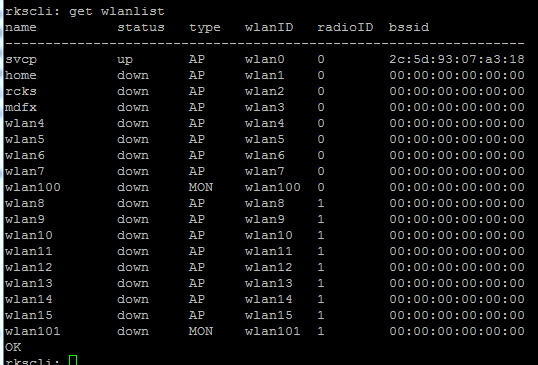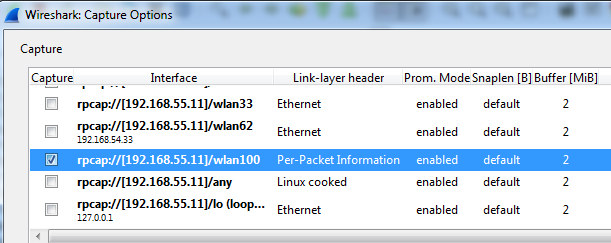For the sake of pragmatism I'll be naming these two bands as 2,4G and 5G.
I've been asked this quite a bit in my time and I've found that the answer isn't as straight forward in the 5G as it's in the 2,4G band and for the WLAN designer adds a few variables to consider when planing a WLAN network.
I've come across a formal document specifying the use and operation of the UNII spectrum in the ETSI regulatory domain and what I found was intriguing. The FCC in the USA devides the 5GHz band into 4 subsets: UNII-1, UNII-2, UNII-2e and UNII-3 sub-bands. In the EU, to the best of my knowledge, we only use 1, 2 and 2e combined into 2 blocks. The UNII1 and 2 being in one block (A) and 2e in another (B). The two blocks have different usages, with block A permitted indoors only and block B permitted indoor or outdoor.
Each sub-band has a different number of channels available with 1 and 2 having 4 20MHz channels and 2e having 11 20MHz channels. The most intriguing thing I found were the EIRP allowances of those bands. As you can see from the below graph UNII-1 has a max EIRP of 23dBm (200mW), UNII-2 20dBm (100mW) and UNII-2e a whopping 27dBm (500mW). Below is the picture I painstakingly constructed with all the channels, EIRP, DFS and even boundaries - feel free to share.
The power difference among sub-bands means you can expect cell sizes to vary depending on the current channel used by a particular AP.
But today's WLAN implementations aren't about how much you cover, but rather the capacity and rate-over-range (RoR) characteristics each cell has to be able satisfy different types of devices and services running on them. A sharp drop off at the edge is also very important to limit co-channel interference (CCI) as much as possible. So planing with this graph in mind wouldn't be too bad of an idea.
Another thing to consider here is the comparison with the EIRP in the 2,4G ISM band. Under ETSI max EIRP for 2,4G is 100mW (20dBm) (there might be exceptions) which is the same as the UNII-2 sub-band. The difference between 2,4G and 5G is roughly 6dB which means UNIIs 1 and 2 are somewhat handicapped. This lower EIRP means that the "coverage" of a particular AP working in those bands compared to 2,4G will be lower, maybe even to a point where you will need a second AP working just on 5G to produce the same coverage. Although that said, the noise floor will dictate that also and since 2,4G is getting more and more congested, the difference might not be that great these days.
But jumping on UNII2e wagon isn't as straight forward as well, since one has to consider other factors, like the fact it's under DFS rules and stations that don't support 11h can't probe which can make it a challenge for VoWiFi.
So I hope I've given you something to think about when designing your next WLAN and/or when troubleshooting an existing one.
Comments and discussions are welcome as always.










